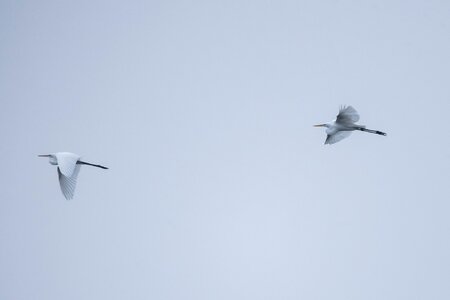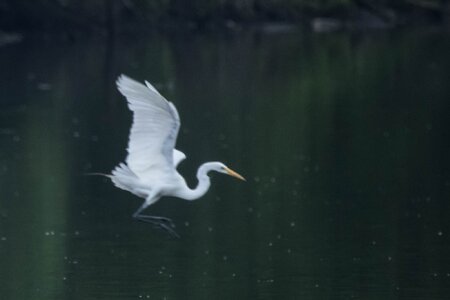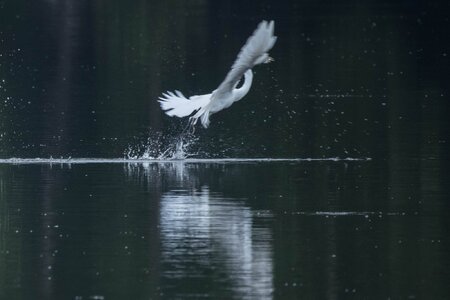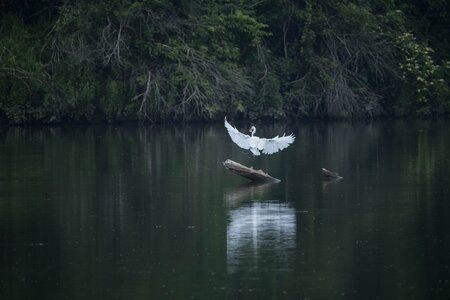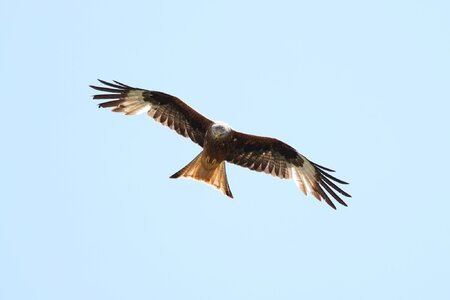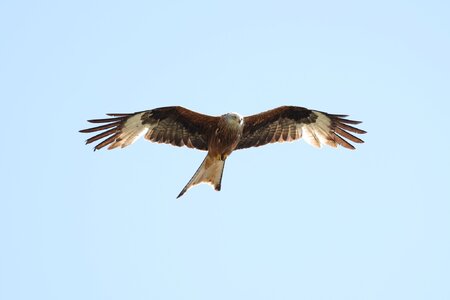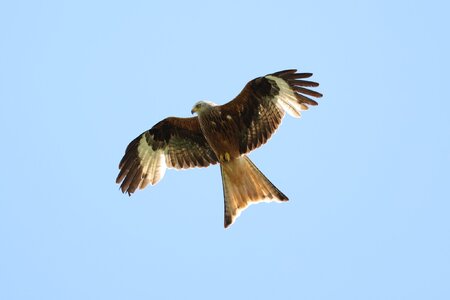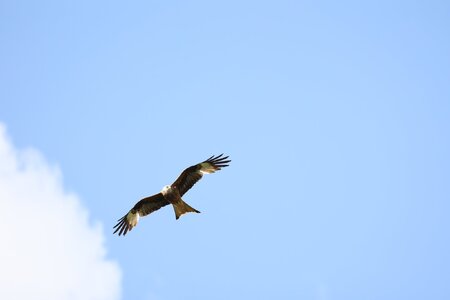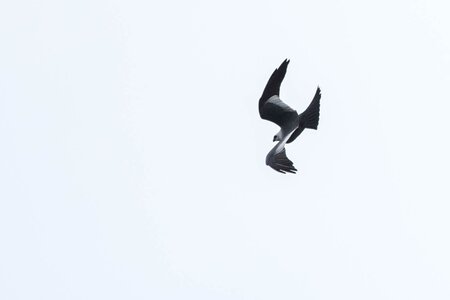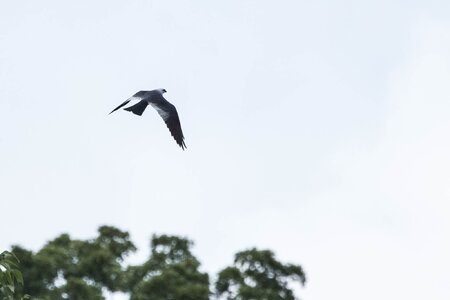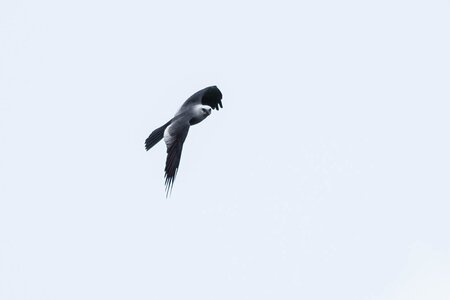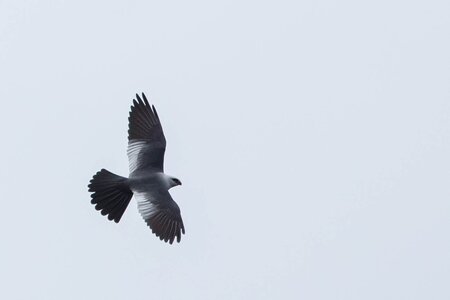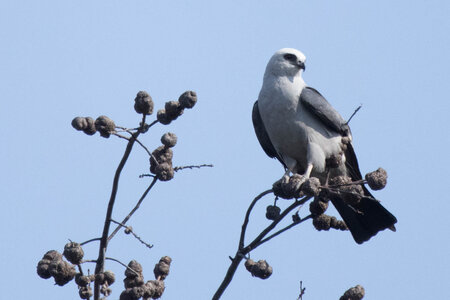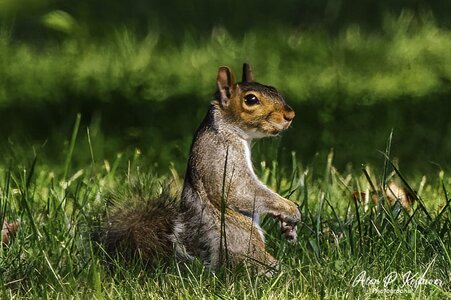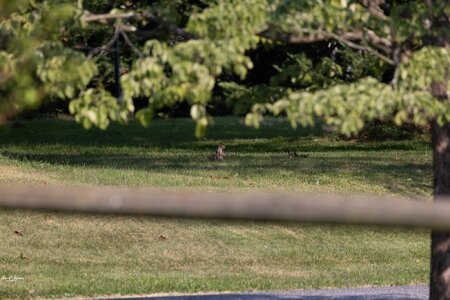Pro Member
- Joined
- Jun 28, 2021
- Posts
- 36
- Likes Received
- 63
- Name
- Don
I was shooting concerts, mostly with point and shoot cameras. Light was sometimes an issue but bigger shows had better light. Distance could be an issue but if I was willing to spend the money decent seats made all the difference. Then the pandemic hit. I wasn't going to concerts and I found myself going to the lake every day. I started taking bird photos. I'd been taking terrible bird photos for decades but that wasn't my main focus so I didn't much care. I found myself wanting better bird photos. I was shooting an 80d and bought a 400mm lens. Then I bought a 600mm lens. Then I bought an R5! a 100-500mm and the 800mm f11. I'm reading books on photography and learning some but I've had a camera in manual for decades, I have a pretty basic understanding. I'm still shooting bad pictures of birds. The light sucks so the f11 is worthless. I can't get anywhere near these animals so I crop just so you can see the birds. On one hand, I'm having a great time going and seeing the birds and lakes and talking to folks who are out and about. The other hans is getting home, thinking I probably have some pretty good stuff and finding quality like these herons!

